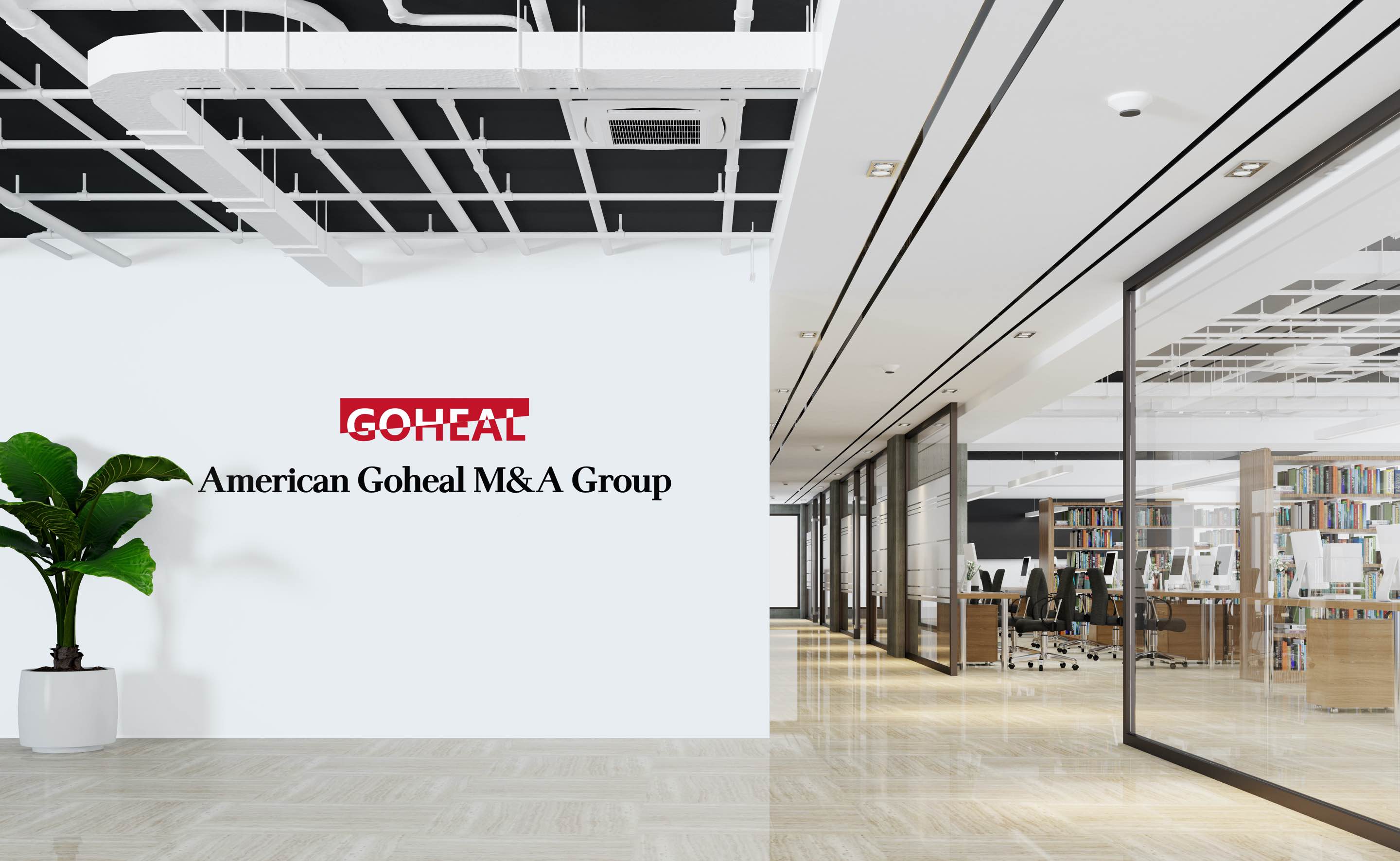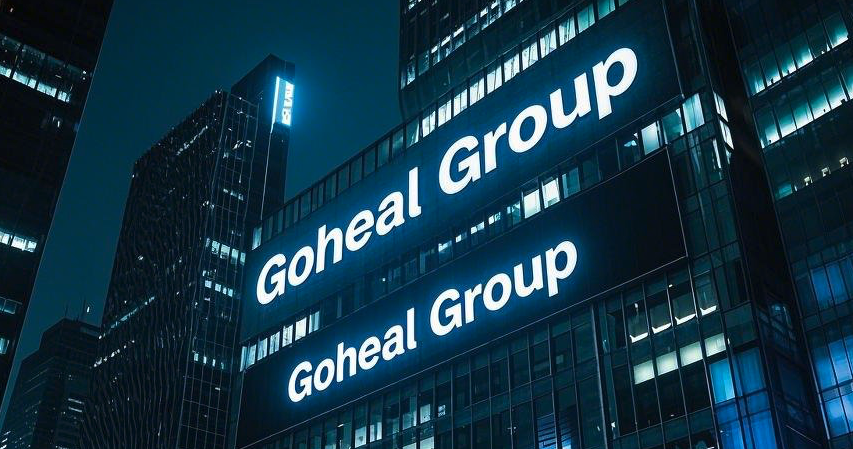"If you want to flow far, you must dredge its source." The development of an enterprise is like a river rushing into the sea. If you want to go further, you must continuously widen your own waterway, and mergers and acquisitions are an important means for listed companies to optimize the industrial chain and enhance their competitiveness. In the past few years, from Tesla's acquisition of supply chain companies to strengthen battery self-sufficiency, to ByteDance's integration of AI and content industry chains, to domestic manufacturing companies controlling costs by acquiring upstream raw material companies, the trend of industrial chain integration has become increasingly obvious.

American Goheal M&A Group
In this "chess game" of capital operation, Goheal has long been paying attention to the latest trends in the M&A market, and is well aware that synergy and supply chain integration have become important considerations for corporate mergers and acquisitions.
The underlying logic of mergers and acquisitions: synergy drives industrial upgrading
M&A is not just a simple addition of assets, but a multi-dimensional game about resources, technology, market, talent, etc. The most important reason why companies are willing to spend huge sums of money on mergers and acquisitions is "synergy", which includes cost synergy, revenue synergy, market synergy and resource synergy.
Cost synergy means that companies can reduce production and operating costs through economies of scale. For example, in the M&A cases in the chip manufacturing industry, large companies usually acquire small chip design companies to share production facilities and optimize the supply chain, thereby reducing unit costs. Revenue synergy refers to the market expansion brought about by mergers and acquisitions.
For example, Apple's acquisition of the Beats headphone brand not only enriched its own hardware ecosystem, but also opened up new user groups with the help of Beats' market influence. Market synergy is more like a "strong alliance" between companies. For example, e-commerce companies acquire logistics companies, which can not only optimize delivery speed but also reduce warehousing costs. Resource synergy is more abstract. It can be the complementarity of technical patents or the enhancement of brand influence.
Goheal once tracked the M&A case of a new energy company. The company successfully reduced its dependence on external suppliers by acquiring a lithium mining company, thereby optimizing the layout of the industrial chain. This case fully illustrates that if corporate mergers and acquisitions can achieve synergy, they can quickly expand their competitive advantages and occupy a more advantageous position in the industry.
Supply chain integration: the "ultimate weapon" of corporate mergers and acquisitions
In the current environment of increasingly complex global supply chains, the core competitiveness of enterprises is no longer just the product itself, but the control of the entire supply chain. The ultimate goal of many listed companies' mergers and acquisitions is to optimize the supply chain and thus enhance the market's ability to resist risks.
In the past few years, Apple has continuously acquired supply chain companies such as chips, displays, and wireless communications around the world to reduce its dependence on external suppliers. Tesla has even directly acquired lithium mining companies to ensure a stable supply of battery raw materials. This "upward acquisition" strategy can not only lock in key links in the supply chain, but also gain first-mover advantages in cost control, product research and development, etc.
Of course, mergers and acquisitions are not only about integrating the supply chain upwards, but can also extend downwards. For example, brands such as Nike and Adidas acquire retailers to strengthen their control over the terminal market; large Internet companies acquire content production companies to enhance their content production capabilities. These cases all show that the core goal of supply chain integration is to allow companies to occupy a dominant position in the entire industrial chain, rather than passively relying on other suppliers or middlemen.
A domestic manufacturing company that Goheal recently studied formed a full-chain closed loop from production to sales by acquiring upstream raw material companies and downstream channel merchants, which not only reduced procurement costs, but also improved market bargaining power. This full-industry chain merger and acquisition model is becoming the choice of more and more listed companies.
Challenges and risks of merger and acquisition integration: Not every acquisition is a good deal
Although mergers and acquisitions can bring synergies and supply chain optimization, in reality, not all acquisitions can be successful. Many companies face integration difficulties after mergers and acquisitions, and even encounter the situation of "1+1<2". The core reasons for the failure of mergers and acquisitions are often cultural conflicts, strategic mismatches, financial risks, etc.
For example, when Microsoft acquired Nokia's mobile phone business, it originally hoped to use Nokia's hardware manufacturing capabilities to increase the market share of Windows Phone, but due to cultural integration problems and mobile strategic errors, the business eventually collapsed. Similar cases include eBay's acquisition of Skype and Google's acquisition of Motorola, all of which were due to the lack of clear integration plans after the mergers and acquisitions, resulting in asset waste and market dislocation.
When conducting mergers and acquisitions, companies must consider how to quickly integrate resources between the two companies to avoid "appearance and spirit". Especially for cross-border mergers and acquisitions, cultural differences and different management styles will become potential risks in the integration process. In addition, over-leveraged mergers and acquisitions will also bring heavy financial burdens to companies. Once the market environment changes, they may fall into a liquidity crisis.
How can listed companies use mergers and acquisitions to optimize the industrial chain?
In the future, how can listed companies find the best solution in mergers and acquisitions? Goheal summarized the following key strategies:
1. Accurately identify M&A targets and ensure strategic matching - M&A is not "picking up bargains", but finding objects that can truly bring synergy.
2. Formulate a clear integration plan to avoid cultural conflicts - after the merger, companies need to quickly integrate management, technology, market and other aspects, rather than let the newly acquired company become an "island".
3. Focus on the core links of the supply chain and enhance risk resistance - especially in the context of increasing global economic uncertainty, controlling key supply chain links has become an important consideration for corporate mergers and acquisitions.
4. Reasonably control financial leverage and avoid blind expansion - the source of funds, debt repayment ability, and return cycle of mergers and acquisitions are all factors that companies need to carefully evaluate when making decisions.
Looking back on the M&A cases in recent years, from domestic new energy companies integrating mineral resources upward to overseas technology giants continuously expanding in the fields of cloud computing and AI, the trend of M&A integration in the capital market continues to deepen. So, which industries will become the main battlefield for M&A integration in the future? How should companies find the best time in capital operations? Welcome to leave a message for discussion. Goheal looks forward to discussing new opportunities in the global M&A market with investors and entrepreneurs!

Goheal Group
[About Goheal] Goheal is a leading investment holding company focusing on global mergers and acquisitions. It has deep roots in the three core business areas of acquisition of controlling rights of listed companies, mergers and acquisitions of listed companies, and capital operations of listed companies. With its profound professional strength and rich experience, it provides companies with full life cycle services from mergers and acquisitions to restructuring and capital operations, aiming to maximize corporate value and achieve long-term benefit growth.